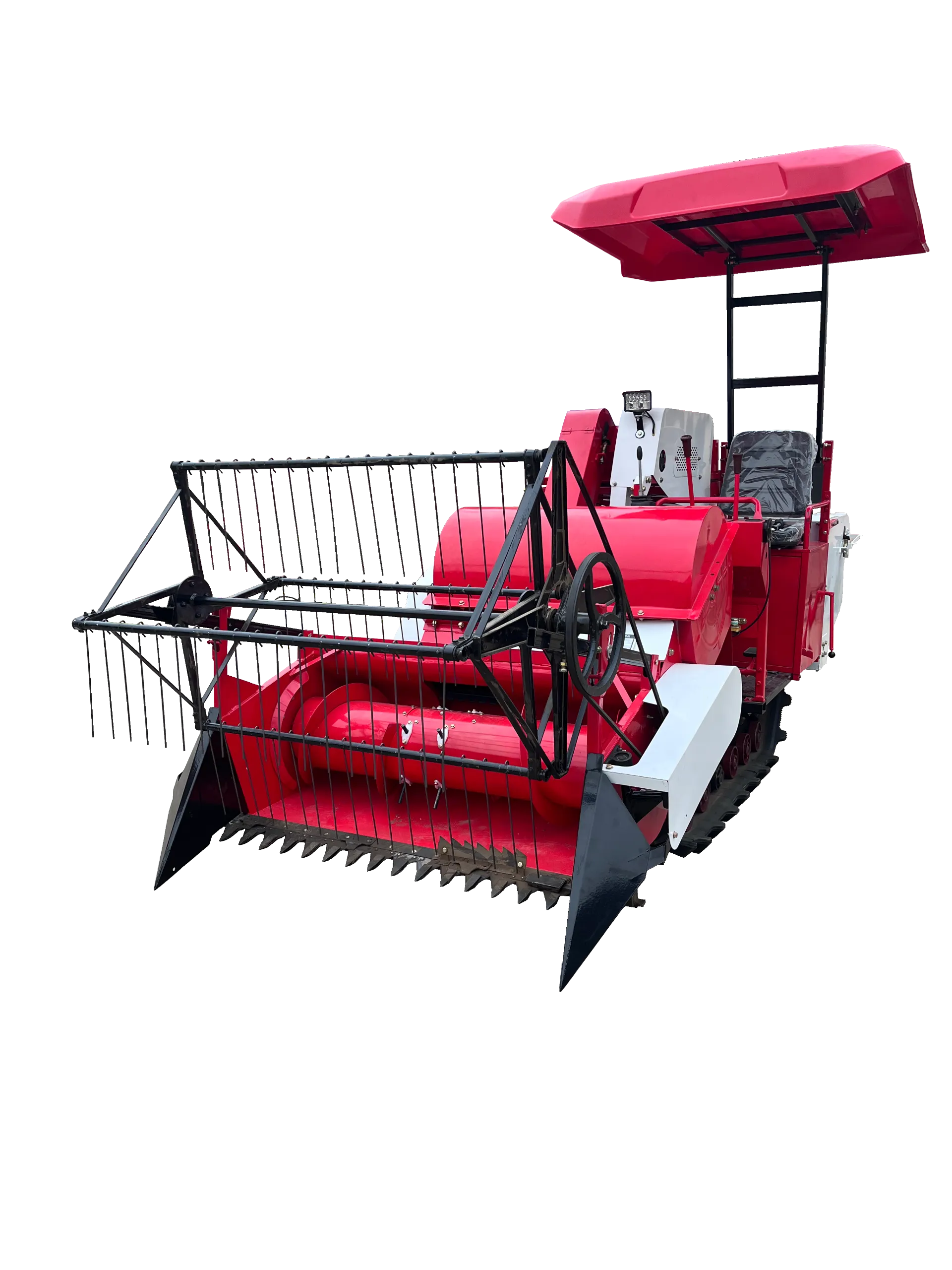reaperbinder: Fast, Compact Rice Reaper Machine | Best Value
Field Notes: why this reaperbinder keeps showing up on small farms
I’ve been hopping between paddies and dryland plots for years, and—surprisingly—the humble small harvester keeps stealing the show. The Niuboshi Small Combine Harvester, built in Julu Industrial Park, Xingtai City, Hebei Province, China, is one of those machines farmers nickname a reaperbinder even when it’s technically a mini-combine. To be honest, labels matter less than results: clean cuts, low losses, fewer field passes.

What’s changing in the market
Two trends are obvious: fragmentation of farmland and rising labor costs. Smallholders want compact machines that squeeze into narrow ridges, terraces, and soft soils—especially in rice/wheat rotations. Many customers say they prefer a nimble reaperbinder with low ground pressure, bagging or grain-collection options, and straightforward maintenance over big, complex rigs.
Niuboshi Small Combine Harvester — quick specs
| Parameter | Typical Value | Notes |
|---|---|---|
| Power | ≈ 12–20 kW (gas/diesel) | Real-world use may vary by fuel and terrain |
| Cutting width | 1.0–1.2 m | Optional headers for rice/wheat |
| Field capacity | 0.2–0.6 ha/h | Crop density, operator pace matter |
| Grain loss | ≤ 2.5% (bench tests) | Set-up and moisture affect results |
| Drive | Wheels or rubber tracks | Tracks favored on soft paddy soils |
How it’s built (materials, process, testing)
- Materials: high-strength low-alloy frame steel, 45# heat-treated shafts, wear-resistant cutter bar blades, anti-corrosion coatings.
- Methods: CNC laser cutting, robotic welding, shot-blast + electrophoretic primer, topcoat bake. I’ve seen tidy welds—always a good sign.
- Testing standards: functional run-in (2–4 h), loss-rate sampling, sieve calibration, belt tension checks, noise/safety inspections referencing ISO 4254-7 and ISO 11684.
- Service life: around 1,000–1,800 engine hours before major overhauls (depends on soil abrasiveness and upkeep).
- Industries/crops: rice, wheat, barley, rapeseed; small and fragmented plots; contract harvest in villages where big combines can’t fit.
Usage scenarios and feedback
Operators like the straightforward controls and the option to switch between grain collection and sheaf handling—very reaperbinder-like. In muddy paddies, tracked versions keep flotation high. In drier wheat, the narrow header slips between ridges without trampling crops. Farmers report fuel at ≈ 0.8–1.2 L per 0.1 ha, and downtime mostly tied to belt wear—easy fix if spares are on hand.

Vendor landscape (typical values)
| Vendor | Power class | Field capacity | Strengths |
|---|---|---|---|
| Niuboshi Small Combine | 12–20 kW | 0.2–0.6 ha/h | Compact, cost-efficient, customization options |
| Global Brand A (2–2.5 t class) | 18–25 kW | 0.3–0.7 ha/h | Dealer network, refined ergonomics |
| Regional Brand B (micro-harvester) | 10–16 kW | 0.15–0.45 ha/h | Ultra-budget, very light footprint |
Customization and compliance
- Options: header 1.0–1.2 m, wheel or rubber track, bagging kit vs. onboard collection, crop-specific knife guards.
- Certifications: ISO 9001 factory QA; machine safety designed to meet ISO 4254-7 and ISO 11684; CE marking on export units (ask vendor for DoC).
- Test data: typical sieve loss ≤ 1.5% in wheat, ≤ 2.5% in paddy (well-tuned, 14–18% moisture).
Mini case studies
Hubei rice terraces: A cooperative rotated two Niuboshi units on 0.3–0.5 ha blocks. With tracks and a 1.0 m header, they cut turnaround time by ~28% season-on-season, mostly from reduced lodging damage.
Wheat belt pilot: On sandy loam, the machine ran 6-hour days with grain loss averaging 1.8%. Operator noted better visibility than older reaperbinder rigs—less neck strain, fewer missed strips.
Bottom line? If your fields are tight, seasonal, and fussy about soil compaction, this compact reaperbinder-style machine punches above its weight—efficient, fixable, and not afraid of mud.
Authoritative citations
- ISO 4254-7: Agricultural machinery — Safety — Part 7: Combine and forage harvesters. International Organization for Standardization.
- ISO 11684: Tractors, machinery for agriculture and forestry — Safety requirements. International Organization for Standardization.
- FAO (2013). Mechanization for Rural Development: A review of patterns and progress.
- EN ISO 12100: Safety of machinery — General principles for design — Risk assessment and risk reduction.
Latest news
-
Mini Wheat Harvester - Compact & Efficient Farming Solutions for SmallholdersNewsNov.18,2025
-
Small Harvester – Affordable, Efficient Machines Transforming Farming & ForestryNewsNov.18,2025
-
Small Wheat Harvester – Efficient Mechanization for Smallholder Farms WorldwideNewsNov.17,2025
-
Efficient Small Corn Harvester Solutions for Smallholder Farms | Boost Your HarvestNewsNov.15,2025
-
Compact and Efficient Mini Combine Harvesters for Small FarmsNewsNov.15,2025
-
Small Combine Machinery: Compact Solutions for Efficient HarvestingNewsNov.14,2025








